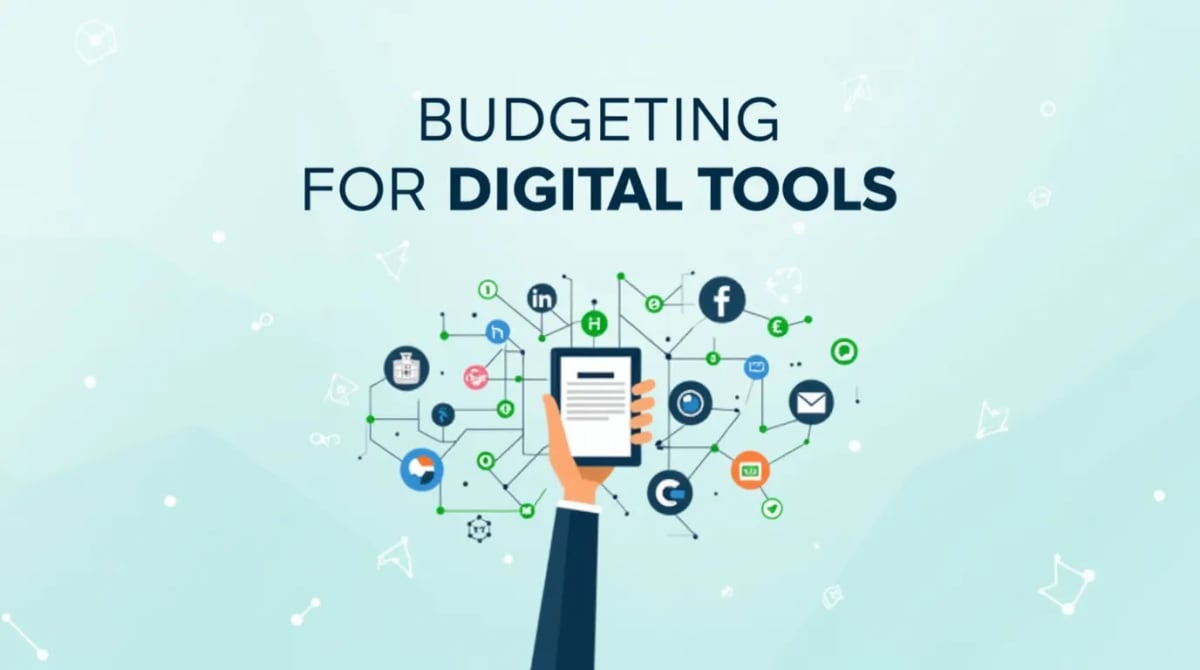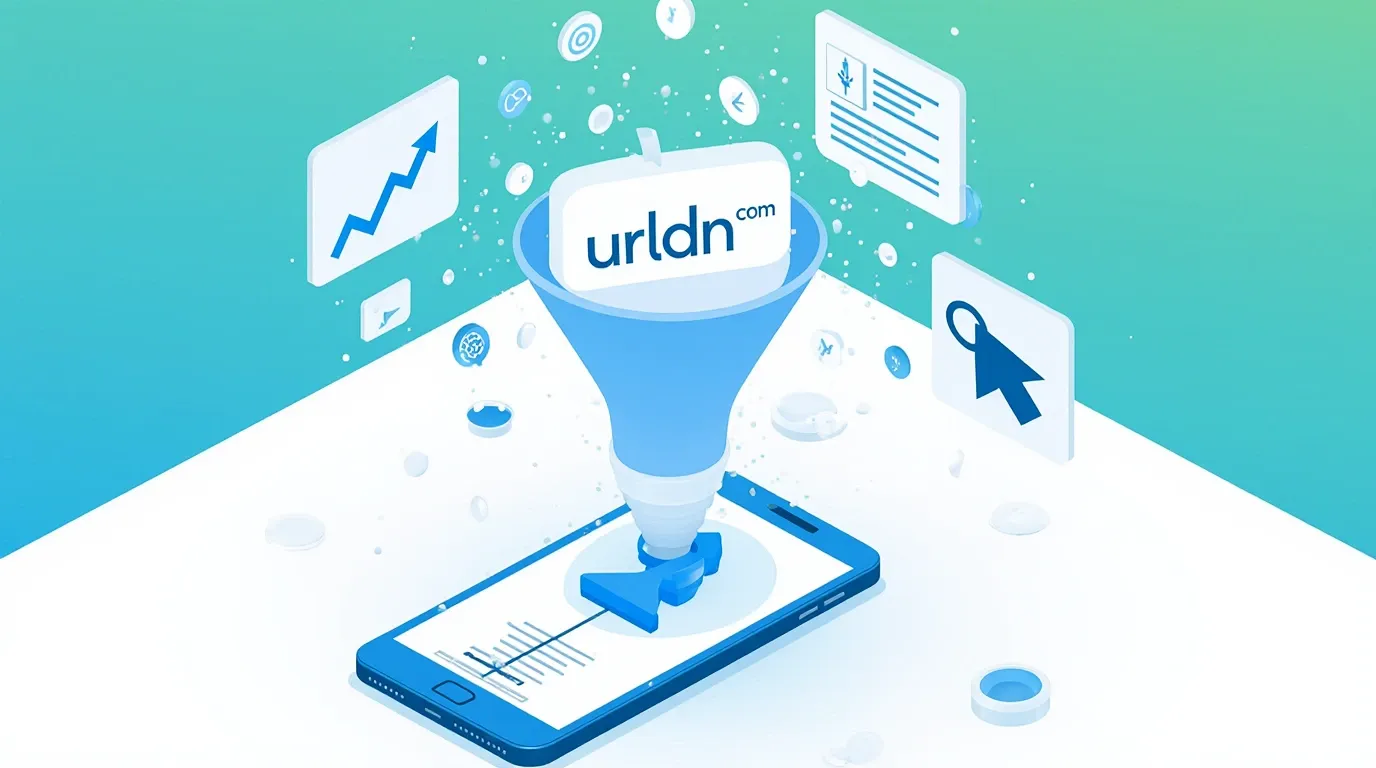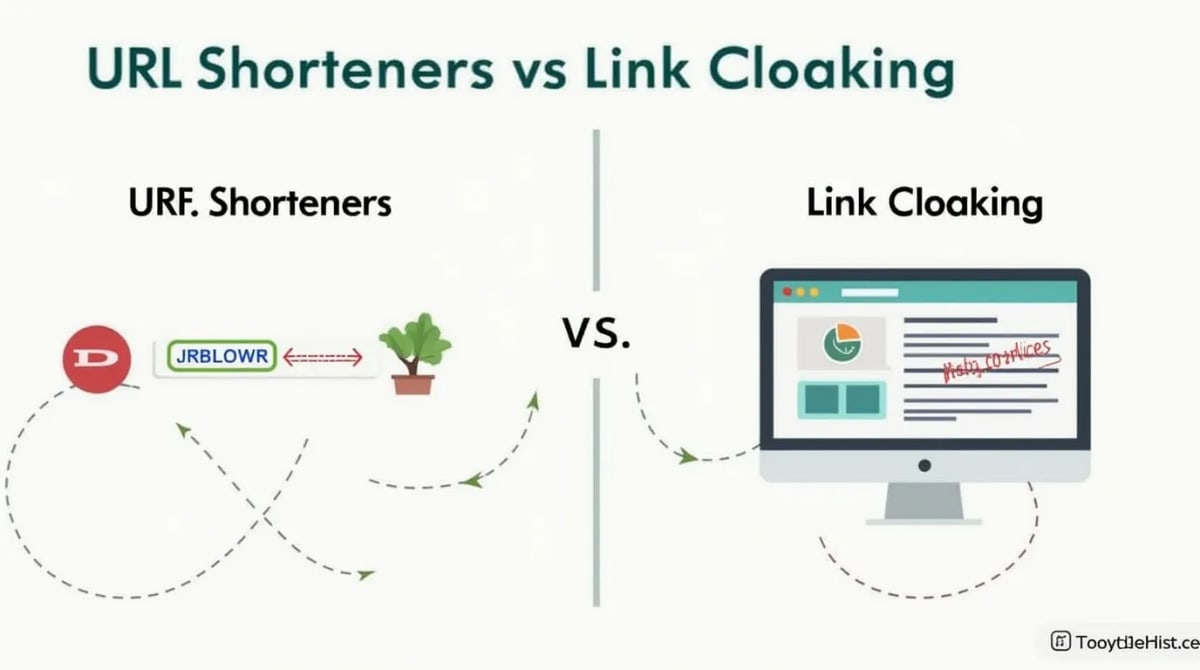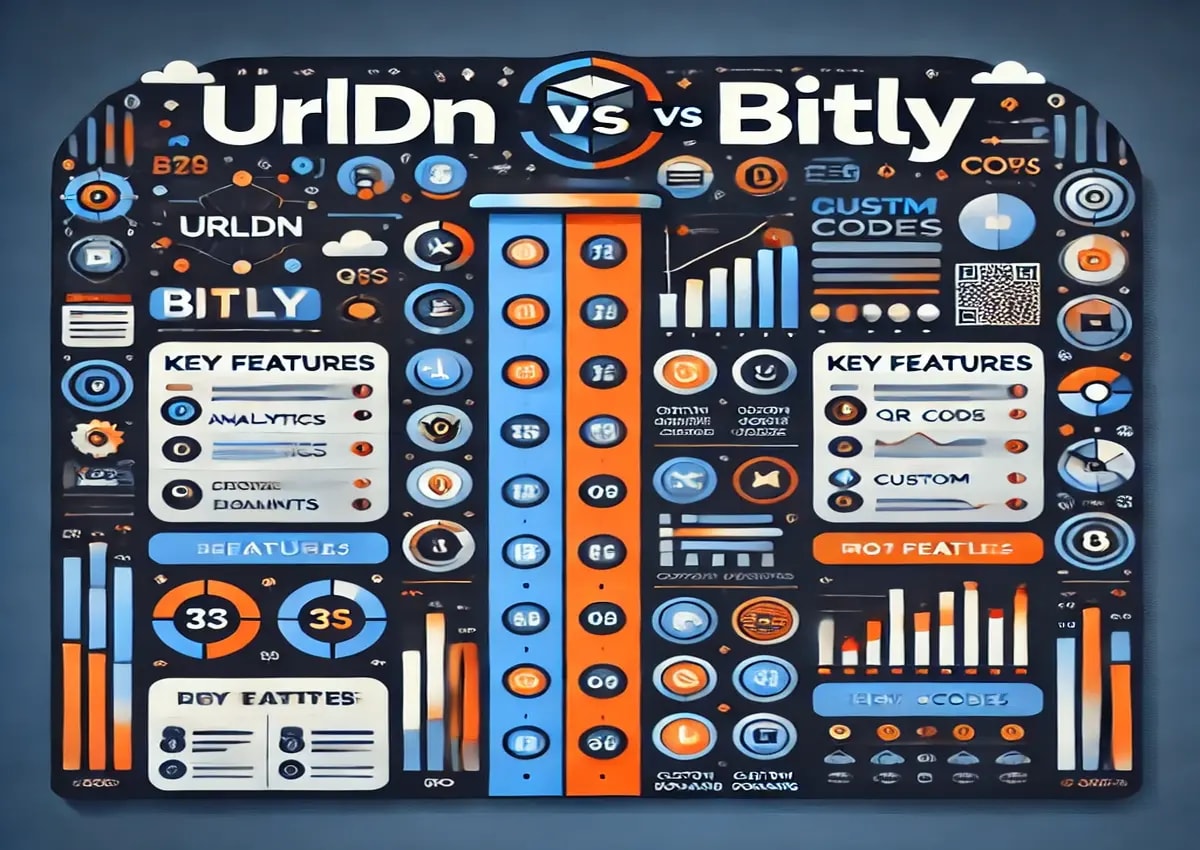
Budgeting for Digital Tools
Last updated on: June 28, 2025
Introduction
In today’s digital age, businesses rely heavily on digital tools to streamline operations, enhance productivity, and drive growth. However, with so many tools available, budgeting for them can be challenging. This guide will walk you through the process of budgeting for digital tools, helping you make informed decisions and maximize your return on investment (ROI).
If you're new to digital tools, check out our guide on what digital tools are and how they work.
Why Budgeting for Digital Tools is Important
Budgeting for digital tools is crucial for several reasons:
- Cost Control: Prevents overspending and ensures you only invest in tools that provide value.
- Resource Allocation: Helps you allocate resources effectively across different tools and platforms.
- ROI Maximization: Ensures you get the most out of your investments by choosing the right tools.
For more on maximizing ROI, read our article on how URL shorteners increase conversions.
Types of Digital Tools
Digital tools can be categorized into several types, each serving a specific purpose. Here are some common categories:
- Marketing Tools: Tools for social media management, email marketing, and SEO.
- Productivity Tools: Tools for project management, collaboration, and time tracking.
- Analytics Tools: Tools for data analysis, reporting, and performance tracking.
- Design Tools: Tools for graphic design, video editing, and content creation.
To learn more about these tools, check out our post on the best free digital tools.
Assessing Your Business Needs
Before budgeting for digital tools, it’s essential to assess your business needs. Here’s how:
- Identify Pain Points: Determine the challenges your business faces and how digital tools can address them.
- Set Goals: Define what you want to achieve with the tools, such as increasing sales or improving efficiency.
- Evaluate Current Tools: Assess the effectiveness of the tools you’re currently using and identify gaps.
For tips on setting goals, read our article on how to create effective marketing strategies.
Cost-Saving Strategies
Budgeting for digital tools doesn’t have to break the bank. Here are some cost-saving strategies:
- Prioritize Free Tools: Many digital tools offer free versions with basic features. Start with these before upgrading to paid plans.
- Bundle Services: Look for bundled packages that offer multiple tools at a discounted rate.
- Negotiate Prices: Don’t hesitate to negotiate with vendors for better pricing or discounts.
- Use Open-Source Tools: Open-source tools are often free and customizable, making them a cost-effective option.
For more on cost-saving, check out our guide on how to save on digital marketing tools.
Must-Have Digital Tools for Businesses
While the specific tools you need will depend on your business, here are some must-have tools for most businesses:
- Social Media Management: Tools like Hootsuite and Buffer for scheduling and analyzing social media posts.
- Email Marketing: Tools like Mailchimp and Constant Contact for creating and managing email campaigns.
- Project Management: Tools like Trello and Asana for organizing tasks and collaborating with teams.
- Analytics: Tools like Google Analytics and HubSpot for tracking website performance and user behavior.
To learn more about these tools, explore our post on the best digital tools for 2025.
Maximizing ROI on Digital Tools
To get the most out of your digital tools, follow these tips:
- Train Your Team: Ensure your team is well-trained to use the tools effectively.
- Monitor Performance: Regularly review the performance of your tools and make adjustments as needed.
- Stay Updated: Keep up with the latest trends and updates in digital tools to stay ahead of the competition.
For more on maximizing ROI, read our article on how to optimize your digital marketing efforts.
Future Trends in Digital Tools
The future of digital tools is exciting, with emerging trends such as:
- AI and Machine Learning: AI-powered tools will become more prevalent, offering advanced analytics and automation.
- Integration: Tools will become more integrated, allowing for seamless workflows across platforms.
- Voice-Activated Tools: Voice search and commands will play a larger role in digital tools.
For more insights into future trends, check out our post on the role of QR codes in modern marketing.
Conclusion
Budgeting for digital tools is a critical aspect of running a successful business in the digital age. By assessing your needs, prioritizing cost-saving strategies, and choosing the right tools, you can maximize your ROI and stay ahead of the competition. As technology continues to evolve, staying updated with the latest trends and tools will be key to your success.
For more tips and insights, visit our marketing category.












